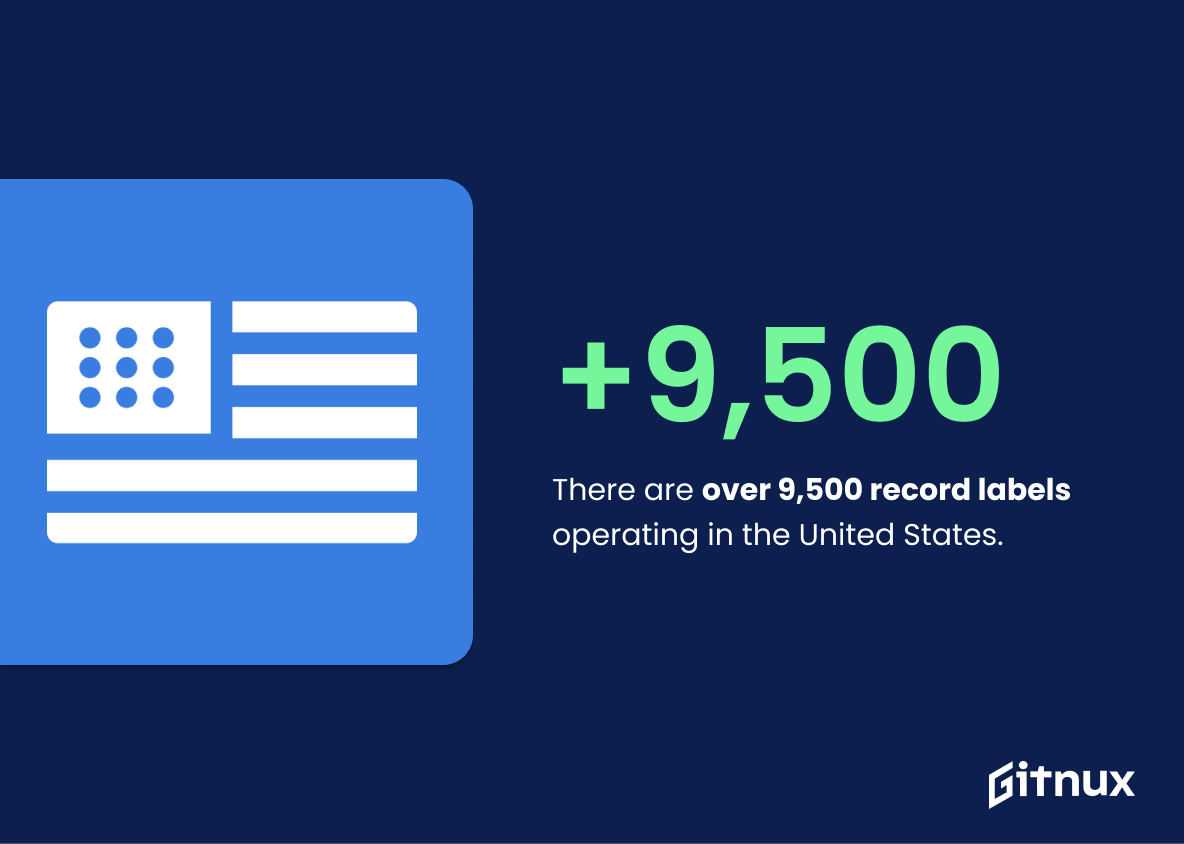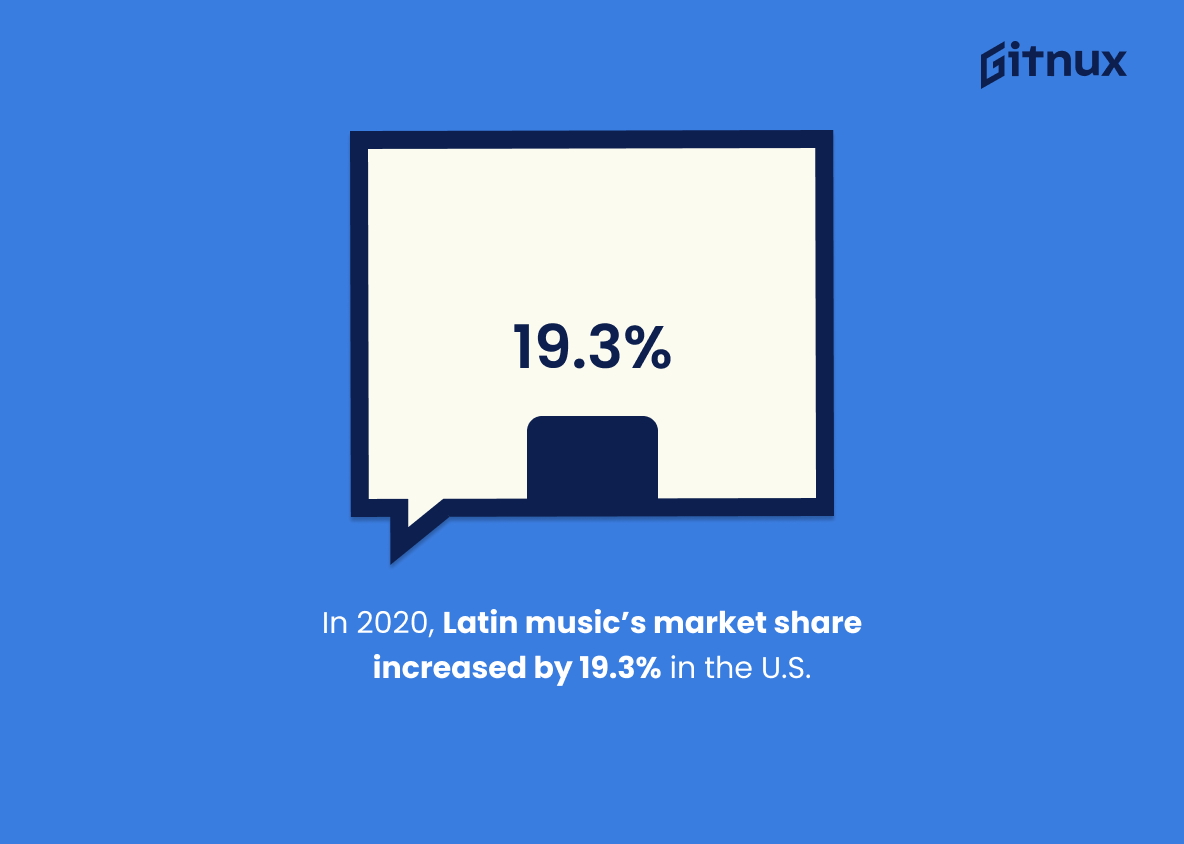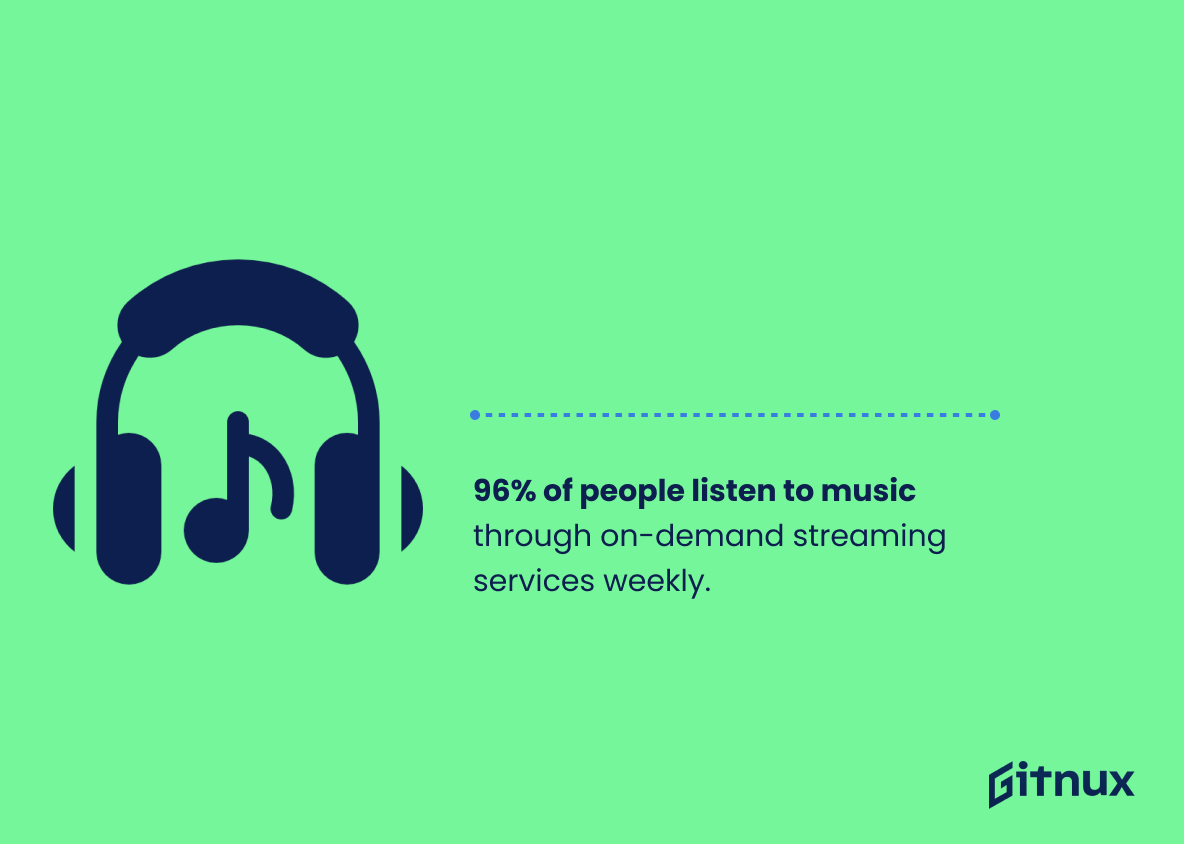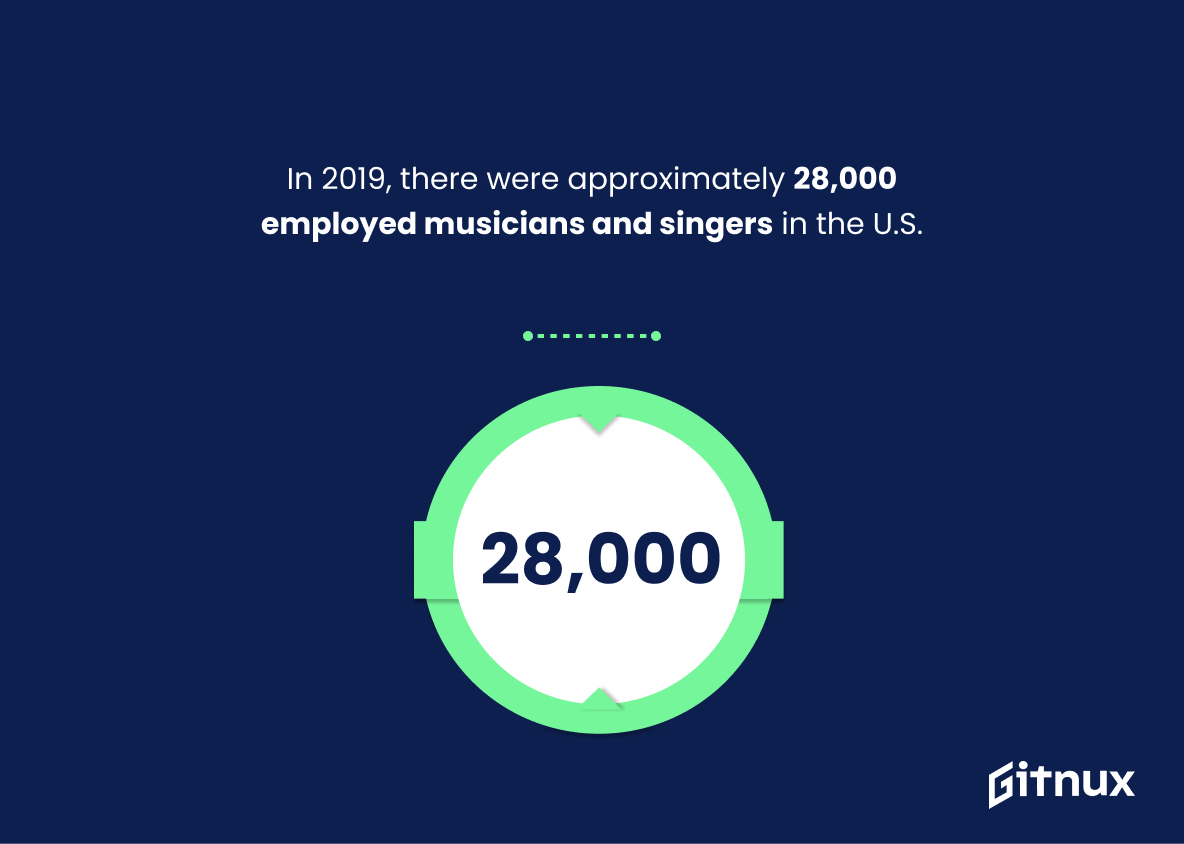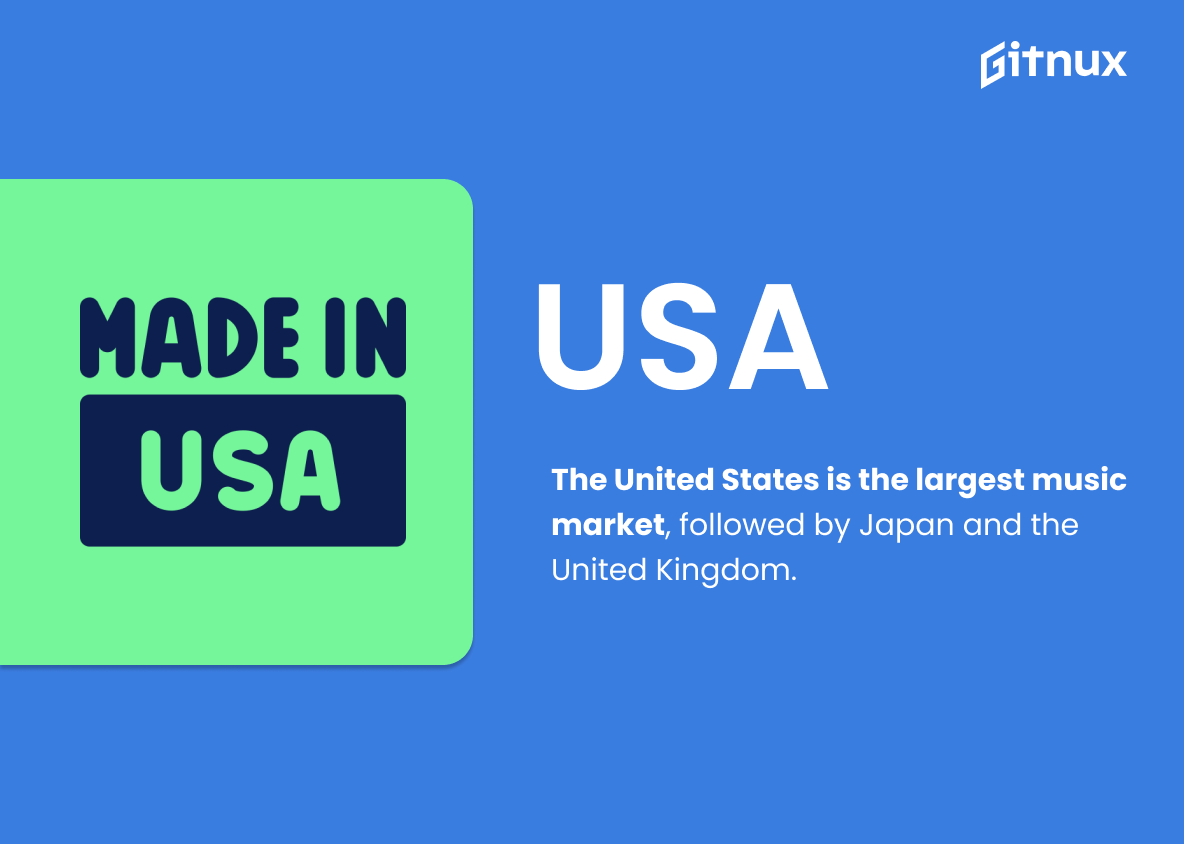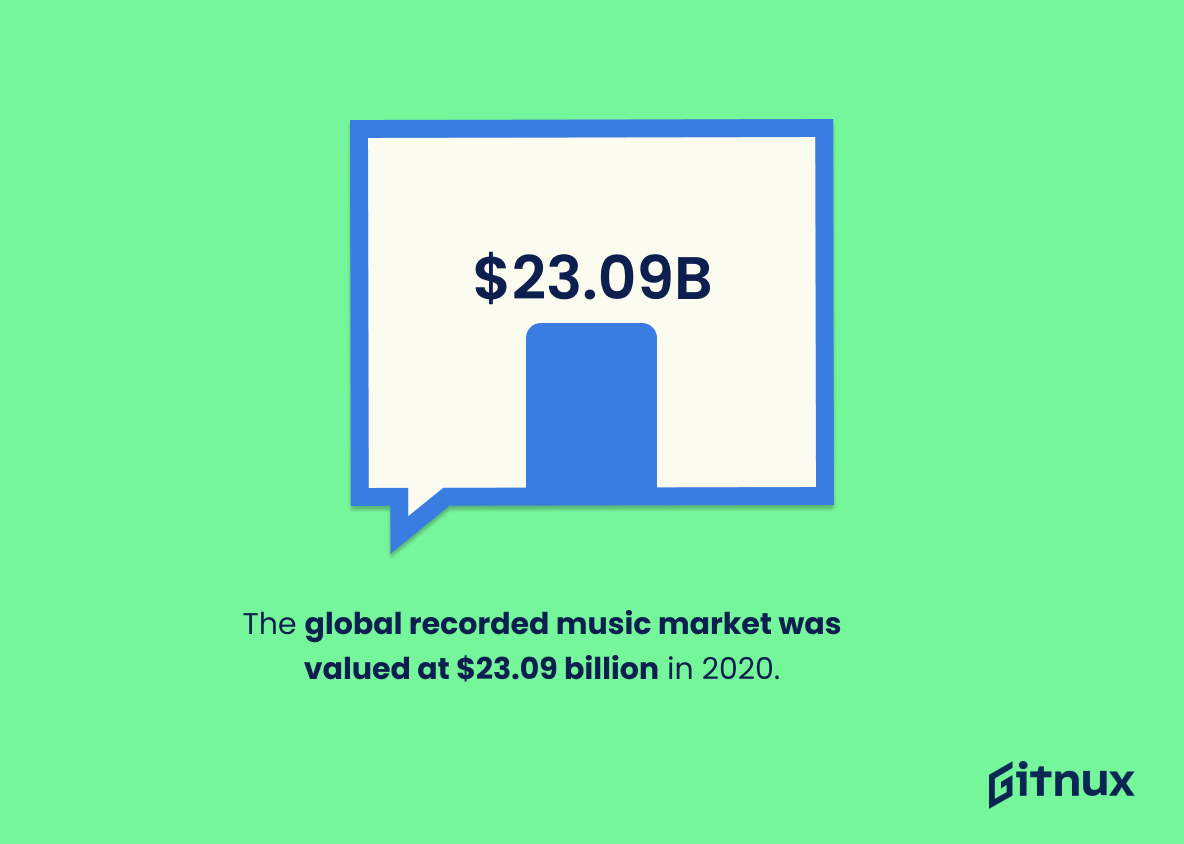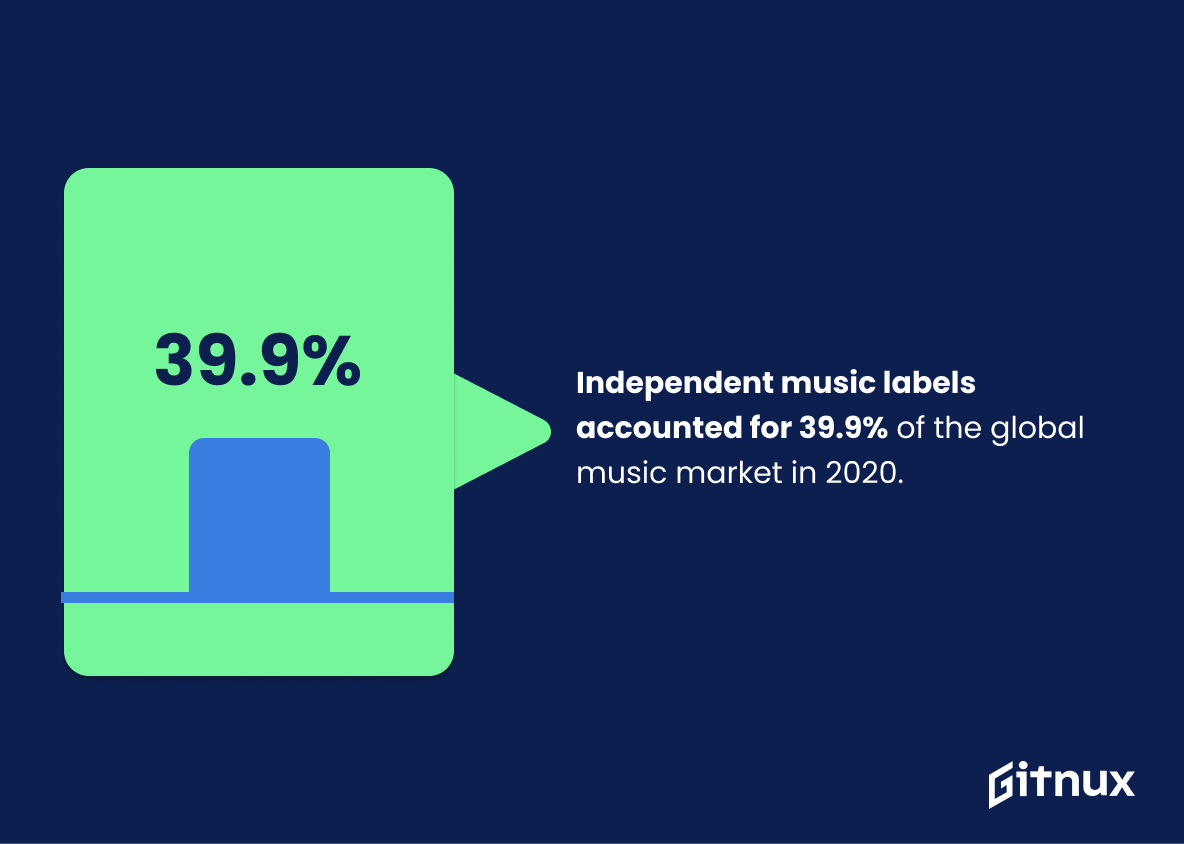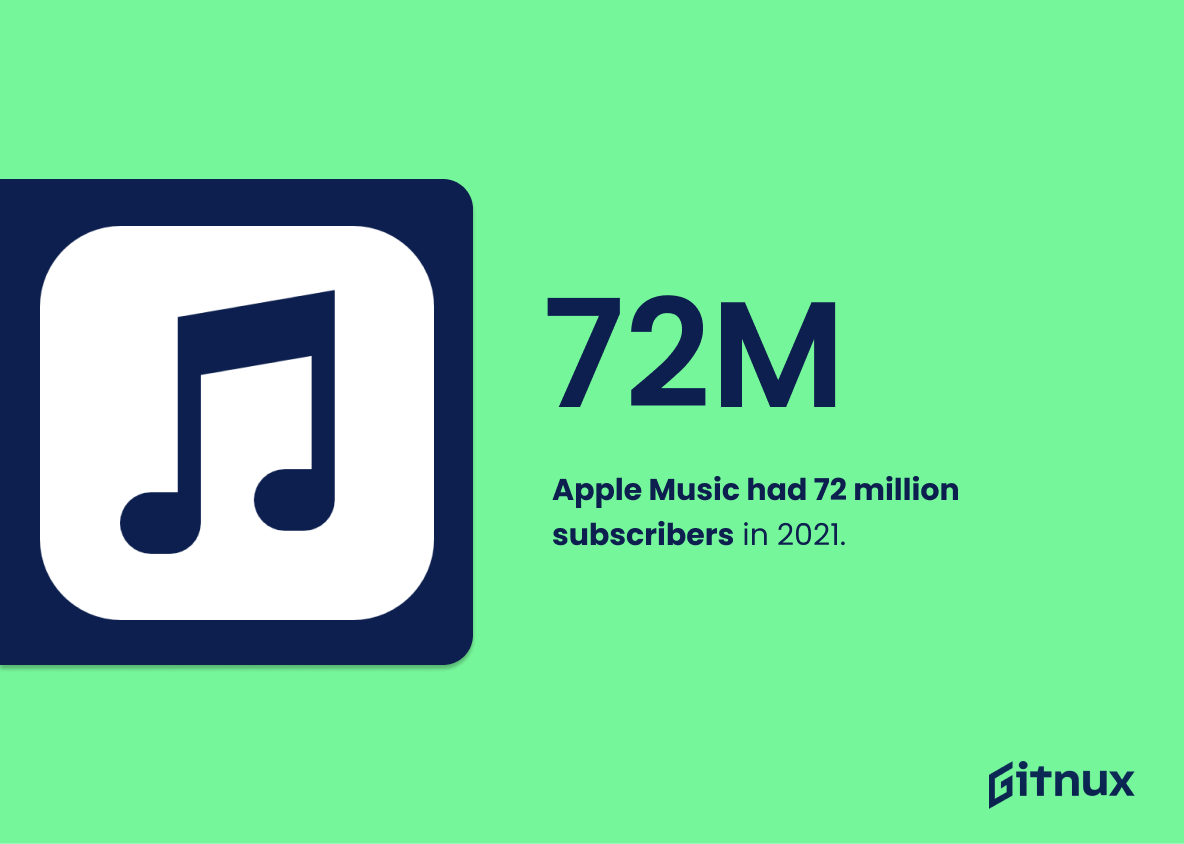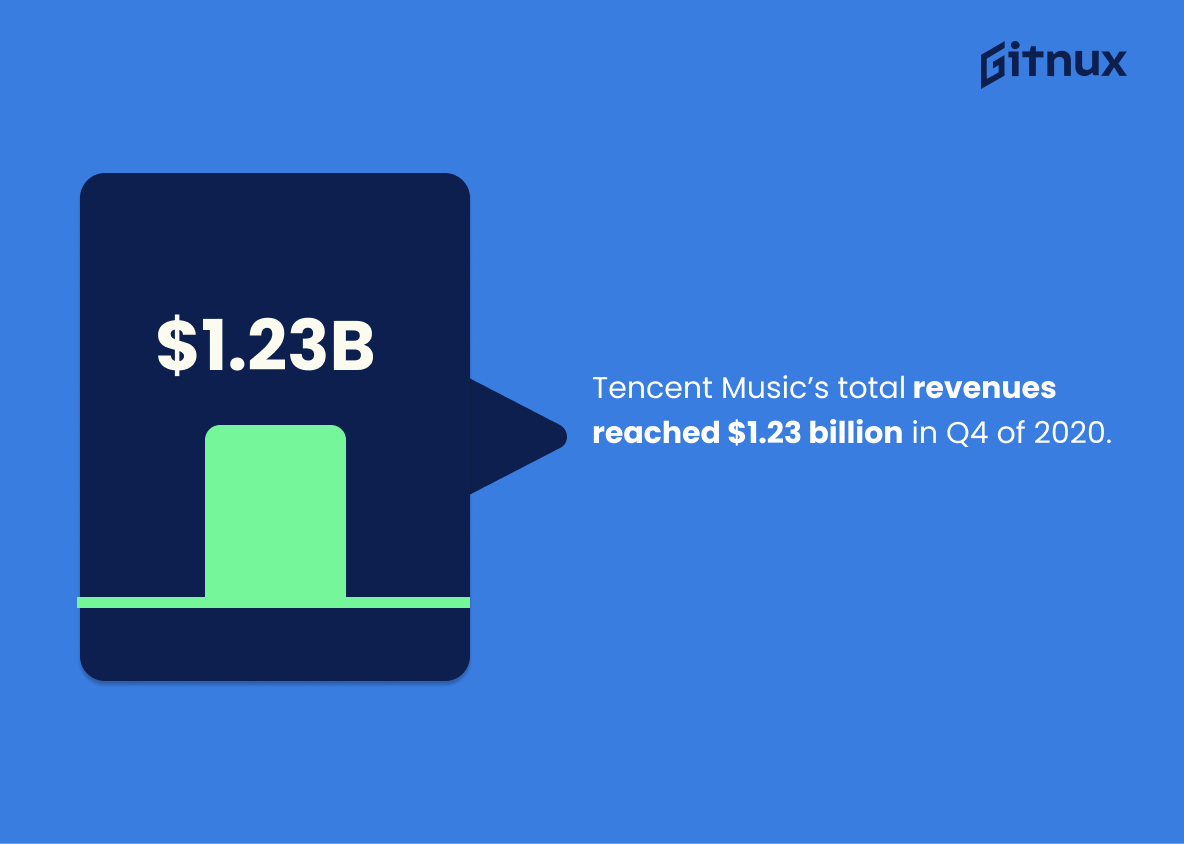Music has been around for centuries and has been a part of many cultures. It has been used to express emotion, tell stories, and bring people together. As technology has advanced, the music industry has changed drastically.
In this blog post, we will explore the current state of the music industry, looking at the latest statistics and trends. We will discuss the impact of streaming services, the rise of independent artists, and the changing landscape of the industry.
Music Industry: The Most Important Statistics
The Swedish music market has seen an increase in revenue over the past 10 years, with streaming accounting for 91% of total music sales revenue in 2019.
Ticket prices for live concerts in the US have increased since 2015, and the seller is the one who influences the prices.
Music Industry: Statistics Overview
Norwegian musicians experienced a decrease in salary of 3000 kroner and a 36% revenue drop in 2020 due to the COVID-19 outbreak, resulting in higher unemployment in the music industry.
This statistic is important because it shows the direct impact that the COVID-19 outbreak had on the music industry, which can be used to inform policy decisions and help the industry recover.
K-pop is the major export in the South Korean music industry and is increasingly popular worldwide, with South Koreans primarily streaming it through YouTube.
This demonstrates the power of streaming services and the global reach of K-pop.
The Swedish music market has seen an increase in revenue over the past 10 years, with streaming accounting for 91% of total music sales revenue in 2019.
Streaming is becoming an increasingly important source of income for the music industry, and the industry is continuing to grow despite the changing landscape of music consumption.
Ticket prices for live concerts in the US have increased since 2015, and the seller is the one who influences the prices.
It displays that the cost of attending live concerts is increasing, which could have a negative effect on the industry if people are unable to afford to attend. Additionally, it shows that the seller has a lot of power when it comes to setting prices, which could lead to higher prices for consumers.
Melon is the most popular music application in South Korea, with most users streaming Korean music on their smartphones.
Supplementary Statistics
There are over 9,500 record labels operating in the United States.
It speaks to the immense number of opportunities available to artists, producers, and other industry professionals, as well as the sheer amount of music being created and released. It also serves as a reminder of the importance of the music industry in the US economy.
In 2020, Latin music’s market share increased by 19.3% in the U.S.
The genre is gaining traction and becoming more mainstream, which is an important development for the music industry. This statistic is also indicative of the changing tastes of the American public, as more people are embracing Latin music and its unique sound. This statistic is an important piece of information for anyone interested in the music industry and its trends.
96% of people listen to music through on-demand streaming services weekly.
Most people are now using these services to access music, rather than traditional methods such as buying CDs or downloading music. This shift in consumer behavior has had a huge impact on the industry, and this statistic serves as a reminder of just how much the industry has changed in recent years.
The global music publishing market was valued at $6.11 billion in 2020.
This highlights the sheer magnitude of the industry, and the potential for growth and success within it. It also serves as a reminder of the importance of music publishing in the music industry, and the need for businesses to stay up-to-date with the latest trends and developments in the sector.
In 2019, there were approximately 28,000 employed musicians and singers in the U.S.
It speaks to the vibrancy of the industry and the potential for growth and success. It also serves as a reminder of the importance of music in our culture and the impact it has on our lives.
The United States is the largest music market, followed by Japan and the United Kingdom.
This serves as a reminder of the importance of understanding the different markets and their respective needs in order to maximize success in the music industry.
The global recorded music market was valued at $23.09 billion in 2020.
It highlights the importance of staying up-to-date with the latest music industry statistics, as they can provide invaluable insights into the current state of the industry and help inform decisions about how to best capitalize on its potential.
Taylor Swift was the best-selling artist worldwide in 2020.
The speaks to her ability to capture the hearts of millions of fans around the world and her staying power as an artist. This statistic is a powerful reminder of the impact that music can have on people’s lives and the importance of the music industry in our culture.
Independent music labels accounted for 39.9% of the global music market in 2020.
Independent music labels are a major force in the music industry, and that they are capable of competing with the major labels. This statistic is important for anyone interested in the music industry, as it demonstrates the potential of independent labels and the impact they can have on the industry.
Hip-hop became the most popular genre in the U.S. in 2020, accounting for 37% of music consumption in the U.S.
This demonstrates the genre’s ability to capture the attention of listeners and become the most popular genre in the U.S. This is an important statistic to consider when discussing the music industry, as it shows the impact hip-hop has had on the industry and how it has become a major player in the music industry.
Apple Music had 72 million subscribers in 2021.
People are still passionate about music and are willing to pay for access to it. This statistic is a clear indication that the music industry is still thriving and is an important part of the global economy.
Women represented 20.2% of artists on popular charts in 2020.
This highlights the need for greater representation of female artists in popular charts, and serves as a reminder of the work that still needs to be done to ensure equal opportunities for all genders in the music industry.
YouTube paid out over $4 billion to the music industry in the past 12 months through ad-supported and subscription-based streaming.
It shows the potential for growth in the industry, as more people are turning to streaming services to access their favorite music. This statistic is a reminder of the importance of the music industry and its ability to generate revenue and support artists.
Tencent Music’s total revenues reached $1.23 billion in Q4 of 2020.
Thus, the company has been able to generate significant revenue in a challenging year, indicating that it is a major player in the industry. This statistic is also a sign of the industry’s resilience, as it shows that despite the pandemic, the music industry is still thriving.
Conclusion
From streaming services to vinyl sales, the music industry is constantly adapting to the changing landscape. As technology advances, so do the ways in which people consume music.
Music industry statistics provide insight into the current state of the industry, giving us a better understanding of how it is performing. Music streaming services is the present and the future,
References
1 – https://www.statista.com/statistics/942575/average-monthly-wages-of-musicians-singers-and-composers-in-norway/
2 – https://www.statista.com/statistics/625158/south-korea-export-music-industry/
3 – https://www.statista.com/statistics/450073/personnel-costs-printing-reproduction-recorded-media-norway/
4 – https://www.statista.com/statistics/448052/music-industry-revenue-sweden/
5 – https://www.statista.com/statistics/448081/digital-music-industry-revenue-sweden/
6 – https://www.statista.com/statistics/801248/share-producer-music-industry-us-gender/
7 – https://www.statista.com/statistics/1196546/poland-usage-of-multimedia-platforms-by-gender/
8 – https://www.statista.com/statistics/273403/most-expensive-music-videos-worldwide/
9 – https://www.statista.com/statistics/380106/global-average-music-tour-ticket-price/
10 – https://www.statista.com/statistics/873572/south-korea-most-popular-music-apps-on-android-smartphones/
11 – https://www.quantstamp.com
12 – https://www.musicbusinessworldwide.com
13 – https://www.globenewswire.com
14 – https://www.businesswire.com
15 – https://en.wikipedia.org
16 – https://datarade.ai
17 – https://www.billboard.com
18 – https://www.fool.com
19 – https://headlineplanet.com
20 – https://ir.tencentmusic.com
21 – https://variety.com
22 – https://www.bls.gov
